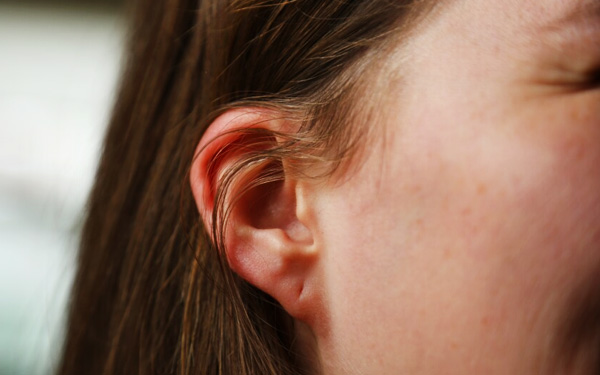Ear Piercing and Repair

Ear piercing and repair dermasurgery involves procedures related to earlobe and ear cartilage piercings, as well as the treatment and correction of various earlobe-related issues, such as stretched or torn earlobes, keloid scarring, and other aesthetic concerns. Dermasurgeons or dermatologic surgeons are medical professionals who specialize in skin and soft tissue procedures, including those related to the ears. Here are some aspects of ear piercing and repair dermasurgery:
Ear Piercing:
- Procedure: Dermasurgeons may offer ear piercing services, especially for complex or challenging piercings, to ensure precision and minimize the risk of complications.
- Sterilization: Dermasurgeons prioritize the use of sterile equipment and techniques to reduce the risk of infection during the piercing process.
- Customization: They can advise on the best placement for piercings to achieve the desired aesthetic result while minimizing potential issues.
Repair and Correction Procedures:
- Torn or Stretched Earlobes: Dermasurgeons can repair torn or stretched earlobes, often caused by heavy earrings or accidents. This may involve removing damaged tissue and suturing the earlobe back together.
- Keloid and Hypertrophic Scar Treatment: For individuals who develop keloid or hypertrophic scars as a result of ear piercings, dermasurgeons can offer treatment options such as corticosteroid injections, laser therapy, or surgical excision.
- Earring Removal and Repositioning: If an earring becomes embedded or requires removal for medical reasons, dermasurgeons can safely remove it and, if necessary, reposition the piercing.
- Earlobe Reshaping: Dermasurgeons can reshape earlobes for cosmetic reasons, addressing concerns like elongated or irregularly shaped earlobes.
Aftercare and Post-Procedure Care:
- We provide instructions for aftercare following ear piercing or repair procedures, emphasizing proper wound care and hygiene to promote healing and minimize the risk of complications.
- Patients are typically advised on how to care for their piercings or surgical sites, including cleaning, dressing changes, and avoiding trauma to the area.